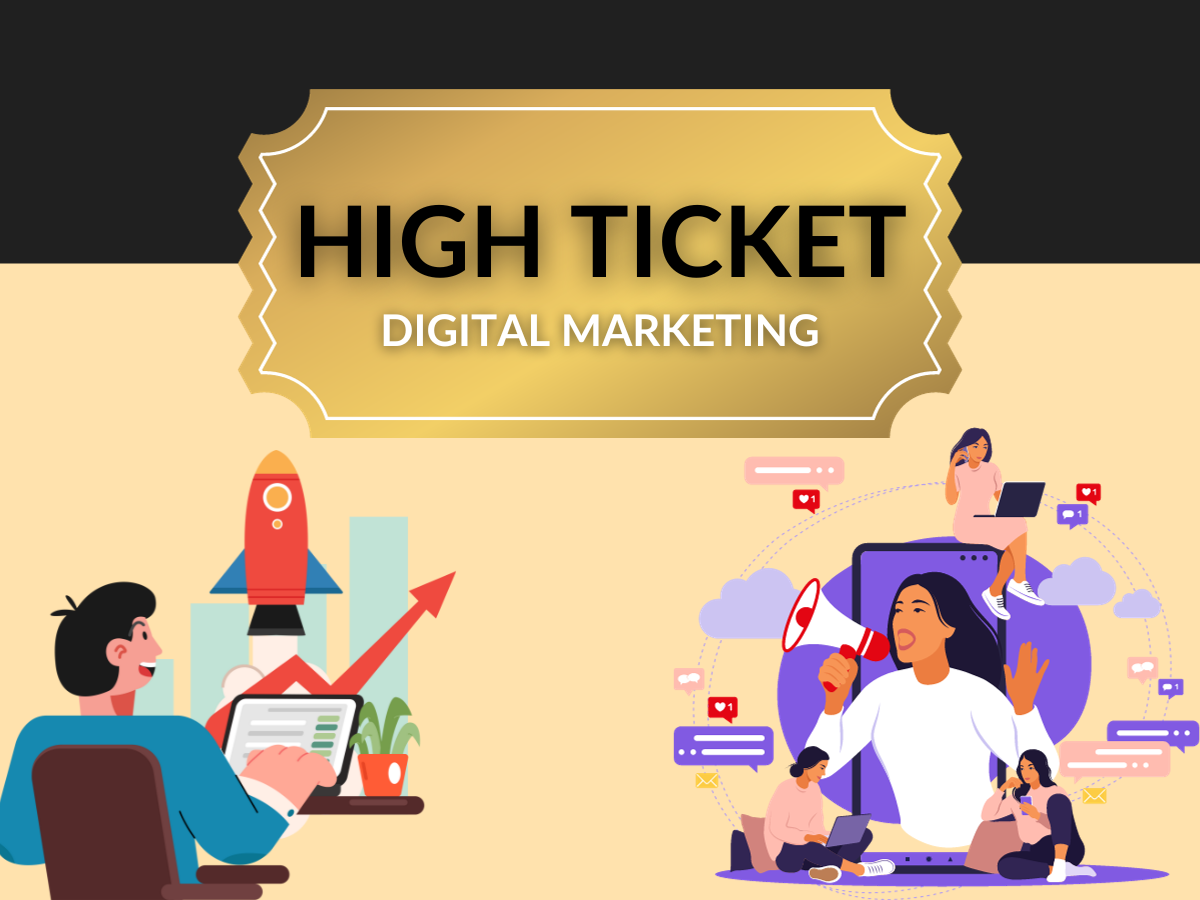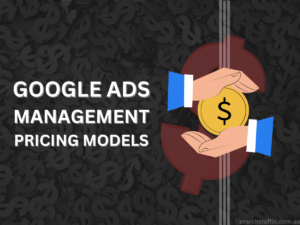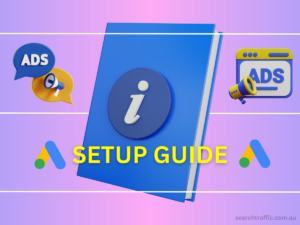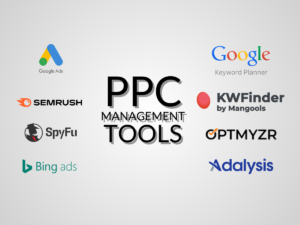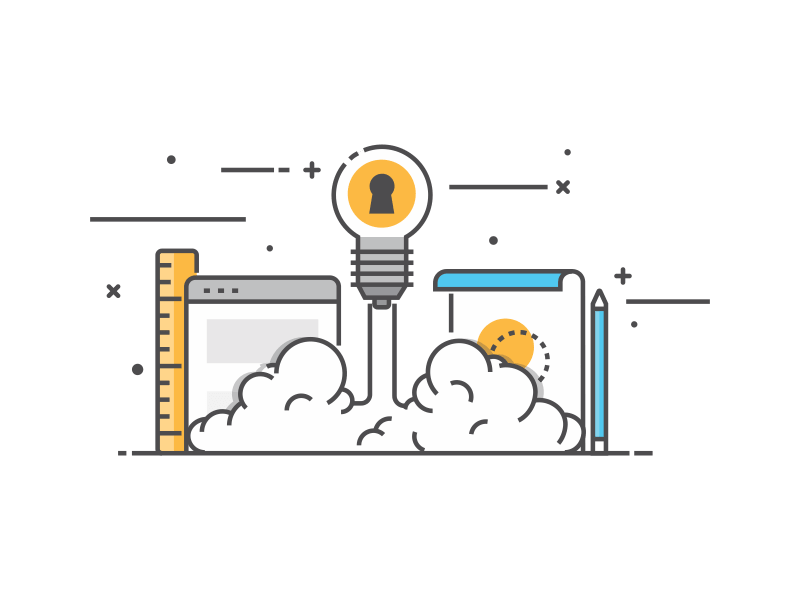Table of Contents
As an entrepreneur or marketer, it’s no secret that presentation matters.
From the packaging of the products and services to the marketing strategies used to promote them, every aspect plays an essential role in the overall success of your business.
High-ticket digital marketing is a unique niche that requires a distinct approach from traditional digital marketing for lower-priced products.
In this blog post, we will delve into the world of high-ticket digital marketing, its meaning, and how to develop effective strategies for marketing your high-ticket products or services.
Understanding High-Ticket Digital Marketing
In digital marketing, the term ‘high-ticket items’ refers to products or services with a significantly higher price point than average, typically exceeding $1,000.
These could range from luxury accessories like bags and shoes to high-end bicycles and beyond.
High-ticket digital marketing involves strategies specifically tailored to promote these premium offerings online.
This form of marketing differs from standard digital marketing approaches, requiring more intensive efforts and investment to attract and convert high-quality clients or customers.
A critical aspect of high-ticket digital marketing is the emphasis on value perception. It’s not enough to merely list the features of a product or service; the marketing must compellingly articulate a strong value proposition.
This involves highlighting the unique benefits and superior qualities that justify the higher price, thereby aligning with the distinct value perceptions associated with high-ticket items.
The High-Ticket Buyer’s Journey
The high-ticket buyer’s journey is different from that of other buyers. This buyer has unique needs, challenges, and fears when they begin shopping for high-ticket items. These buyers require more attention, patience, and personalised service than the casual buyer. The mindset and decision-making process of high-ticket buyers require a marketer’s complete understanding to optimise and generate leads effectively.
The high-ticket buyer’s journey comprises four major stages: awareness, consideration, evaluation, and purchase. High-ticket buyers generally take longer to navigate through these stages than casual buyers. A successful marketer must tailor their marketing approach to this buyer’s decision-making process.
Developing a High-Ticket Digital Marketing Strategy
Developing a successful high-ticket digital marketing strategy requires a deep understanding of your target audience. Some factors you should consider while developing a strategy are:
- the quality of leads,
- lifetime customer value,
- and targeting the right consumer segments for your offering.
Additionally, it’s crucial to establish a unique value proposition and messaging for premium offerings.
Brand positioning is also a critical aspect of a high-ticket digital marketing strategy.
Building trust within your target audience is essential to the success of any marketing campaign. When potential customers trust your brand, they’ll have a higher perceived value of your products or services. Therefore, to build brand trust, it’s essential to address any questions, concerns, or requests quickly and honestly.
High Ticket Sales Funnels
Sales funnels are essential for high-ticket digital marketing campaigns. They guide potential customers through a journey that leads to a sale.
An effective sales funnel should have
- landing pages
- opt-ins
- follow-up emails
- and lead magnets
An effective high-ticket sales funnel must be tailored to the buyer’s journey, and each stage must be tracked and optimised for conversions.
Some successful high-ticket funnel examples include online coaching programs, high-ticket info products, luxury cars, electric bikes, and Fortune 500 services.
Key Digital Marketing Channels for High Ticket Items
The most effective digital marketing channels for high ticket items are:
- Search Engine Optimization (SEO) and
- Pay-per-click (PPC) advertising.
SEO ensures that your website ranks high on search engine results pages (SERPs) when potential customers search for your offerings. With PPC, you can pay for advertising space and only pay when someone clicks on your ad.
Examples include Google Ads and Facebook Ads- these come in various formats but can be used to target specific demographics and interests.
Other channels to consider include email marketing, social media marketing, influencer marketing, and content marketing.
A comprehensive and well-executed digital marketing strategy that utilises a combination of these channels can help generate high-quality leads for your premium offerings.
Leveraging Content Marketing and Storytelling
Content marketing and storytelling are powerful tools for promoting high-ticket items.
By sharing engaging narratives and delivering valuable content, firms can form deep connections with potential buyers, enhancing their brand value and driving higher conversions.
- Engaging Content Marketing: Content is king in digital marketing, and it reigns supreme when it comes to marketing high-ticket items. Delivering top-notch, valuable content that informs and educates your audience will position your brand as an expert within the industry.
Content marketing for high-ticket items should revolve around the premium nature of the product or service, highlighting its unique features, benefits, and the value it offers. Blogs, whitepapers, case studies, webinars, and video content are excellent mediums to deliver this message, and they should all work in unison to create a comprehensive content marketing strategy.
- Leveraging Storytelling: Storytelling has the power to captivate your audience and emotionally invest them in your brand. For high-ticket items, sharing brand stories that visualise the user experience and the value derived from the product can help justify the high price tag.
Stories can be shared across various platforms like brand websites, social media channels, blogs, and video platforms. They should be genuine, and relatable, and focus on creating an emotional connection with the audience.
Integrating Content Marketing and Storytelling:
By integrating content marketing and storytelling, brands can create a powerful marketing strategy that resonates with their target audience. Content marketing provides the necessary information, while storytelling taps into the emotions of the consumers. Together, they create a perfect blend of information and emotion, which enables consumers to make informed decisions and feel good about their high ticket purchases. This strategy also aids in building brand loyalty and increases the chances of repeat purchases.
High Ticket Marketing Metrics and Analytics
Accurate assessment of marketing efforts is crucial, especially when marketing high-ticket items.
The high-ticket marketing strategy must be driven by data, and marketers must be able to measure and analyse these metrics.
The first step is to identify the key metrics that reflect the effectiveness of your high-ticket marketing strategy.
These might include conversion rates, cost per lead, customer acquisition cost, customer lifetime value, churn rate, and return on investment (ROI).
- Conversion Rate: This metric is the percentage of visitors to your website or landing page who take a desired action, such as purchasing a product or signing up for a newsletter. A high conversion rate indicates an effective marketing strategy and a well-designed sales funnel.
- Cost per Lead: This measures how cost-effective your marketing campaigns are at generating new leads. It’s calculated by dividing the total cost of the campaign by the number of leads generated.
- Customer Acquisition Cost (CAC): CAC is the total cost of acquiring a new customer, including all marketing and sales costs. It is an essential metric to understand how much you’re spending to attract high-ticket buyers.
- Customer Lifetime Value (CLTV): CLTV is the total revenue you can expect from a single customer throughout their relationship with your company. This is especially significant for high-ticket marketing, where the initial investment to acquire a customer can be high, but the return over time can be substantial.
- Churn Rate: This is the percentage of customers who stop doing business with you within a given period. A low churn rate signifies high customer satisfaction and effective customer retention strategies.
- Return on Investment (ROI): ROI measures the effectiveness of a marketing campaign. It’s calculated by subtracting the cost of the campaign from the revenue it generated, then dividing that number by the cost of the campaign and multiplying it by 100 to get a percentage.
After identifying the right metrics, it’s crucial to analyse them to gauge the effectiveness of the high-ticket marketing strategy. Regular analysis will help identify trends, pinpoint issues, and guide future marketing efforts, helping optimise your high-ticket digital marketing for success. Tools such as Google Analytics, HubSpot, and Salesforce can provide detailed reports and insights on these metrics.
Challenges in High-Ticket Digital Marketing
High-ticket digital marketing presents several challenges.
- Justifying the high price tag associated with these items. Consumers need to be convinced about the superior value, quality and benefits these products or services offer over their cheaper counterparts.
- Building trust and credibility. Given the significant investment involved, consumers need assurance that their investment will yield the expected value. Demonstrating expertise, providing exceptional customer service, and showcasing customer testimonials and reviews can help overcome this hurdle.
- Longer sales cycle. High-ticket items typically have a longer sales cycle as consumers take more time to think through their purchase decision. Marketers need to be patient and consistently engage potential customers with valuable content and personalised communication.
Strategies for Overcoming Challenges in Marketing High-Ticket Products
Showcase Exceptional Value Through Quality Content
Given the higher price point of high-ticket items, your content needs to do more than just inform; it should evoke the exclusivity and premium nature of the product.
Use high-quality visuals, detailed storytelling, and expert insights to communicate the unparalleled value and experience of owning the product.
Consider creating immersive experiences like virtual tours, detailed case studies, or feature breakdowns that highlight the product’s superiority.
Utilize Powerful Social Proof
For high-ticket items, the impact of social proof is amplified. Incorporate detailed testimonials from high-profile or relatable customers, showcase awards or recognitions, and leverage influencer partnerships.
Authentic case studies and in-depth reviews can also be powerful, providing potential customers with relatable narratives that underscore the product’s value.
Personalized Lead Nurturing and Consultation
Due to the significant investment involved in high-ticket products, potential buyers often require more reassurance and personalized attention.
Includes personalized follow-ups, one-on-one consultations, or exclusive invitations to private events or demos.
Address individual concerns and queries with detailed responses, and provide a concierge-like service to guide them towards a purchase decision.
Balancing Exclusivity and Accessibility in High Ticket Digital Marketing
In high-ticket digital marketing, striking a balance between exclusivity and accessibility is a crucial aspect.
Exclusivity:
- Brand Positioning: Position your product as a premium offering in the market. This can be achieved through high-quality branding, targeted messaging, and aligning with luxury or exclusive lifestyles.
- Limited Offers: Consider creating limited-time offers, limited edition products, or exclusive membership benefits. This creates a sense of urgency and exclusivity around your product.
Accessibility:
- Clear Communication: Make sure your marketing materials clearly explain the value and benefits of your product. Use language that resonates with your target audience and avoids jargon or overly complex explanations.
- User-Friendly Purchase Process: The process of purchasing your product should be straightforward and hassle-free. This includes an easy-to-navigate website, a simple checkout process, and multiple payment options.
- Responsive Customer Support: Provide readily available customer support to assist with any questions or issues during the purchasing process. Consider live chat support, detailed FAQs, or a dedicated helpline.
How can you incorporate the 2 elements above? Here are some tips:
Exclusive Content with Broad Reach
Create content about your product but make it widely accessible to educate your audience about the value of your product
You can create exclusive content with:
- Behind-the-scenes videos
- Webinars
- Expert interviews
- Industry insights
- Industry research
Community Building
Create an exclusive community for your customers, while making the process of joining this community clear. Examples:
- Members-only forum
- Members-only Facebook Private Group
- Community events
- Private Discord
- In-person events
By implementing these steps, you can create a marketing strategy that highlights the exclusivity and prestige of your high-ticket items while ensuring that potential customers find it easy to understand and purchase your products.
This balance is key to attracting and retaining customers who value both the luxury aspect and the customer experience.
Conclusion
In conclusion, high-ticket digital marketing, despite its challenges, holds great potential for businesses looking to sell premium products or services.
When marketing high-ticket items, it’s crucial to justify the higher price tag by communicating the exceptional value and superior quality that customers will receive.
Building trust and credibility is also key, and can be achieved through showcasing expertise and leveraging social proof like customer testimonials and positive reviews.
Lastly, given the longer sales cycle for premium products, marketers need to nurture potential customers through the sales funnel with patience, personalised engagement, and high-quality, informative content. Balancing the exclusivity of the product with the accessibility of the purchase process can enhance the perceived value of high-ticket items while ensuring a seamless customer experience.
As the digital marketplace continues to evolve, businesses willing to strategically adapt will be well-positioned to reap the benefits of high-ticket digital marketing.

